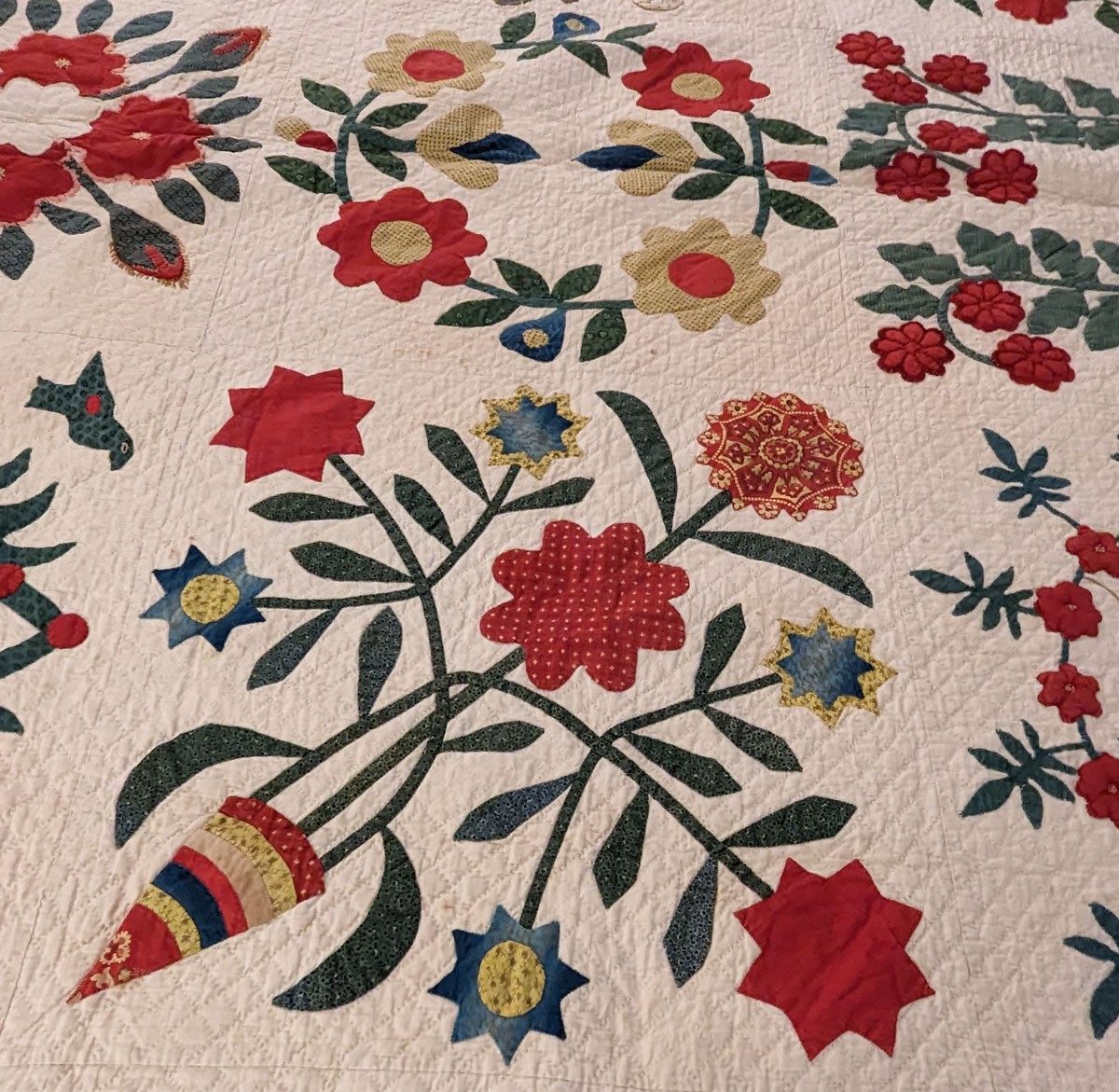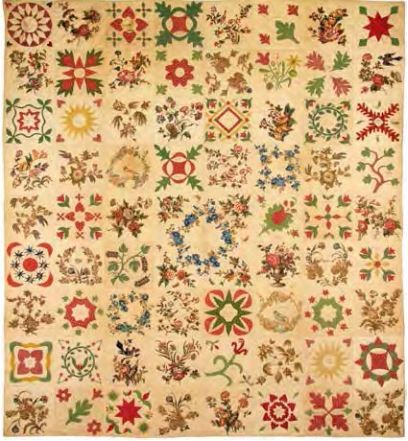
As we continue to explore the makers and sellers of BAQs, besides dressmakers and seamstresses, milliners were another group to explore. We already noted Mary Chase ran ads in the newspaper for selling "album squares." (Here is the link to read more.) Which made us wonder if there were other milliners that made and/or sold BAQs? Miss Ruth Sanks was a milliner located at 47 Baltimore Street in Baltimore, Maryland. Baltimore was originally known as Market Street and was a main drag for businesses in Baltimore. She also came to my attention because Mrs. Susan Brice's maiden name was also Sanks. So far, we haven't found a relationship between the two women. (Here is the link to read more about the Brice Workshop.) Ruth Sanks was listed as a milliner in several Baltimore Business directories during...





